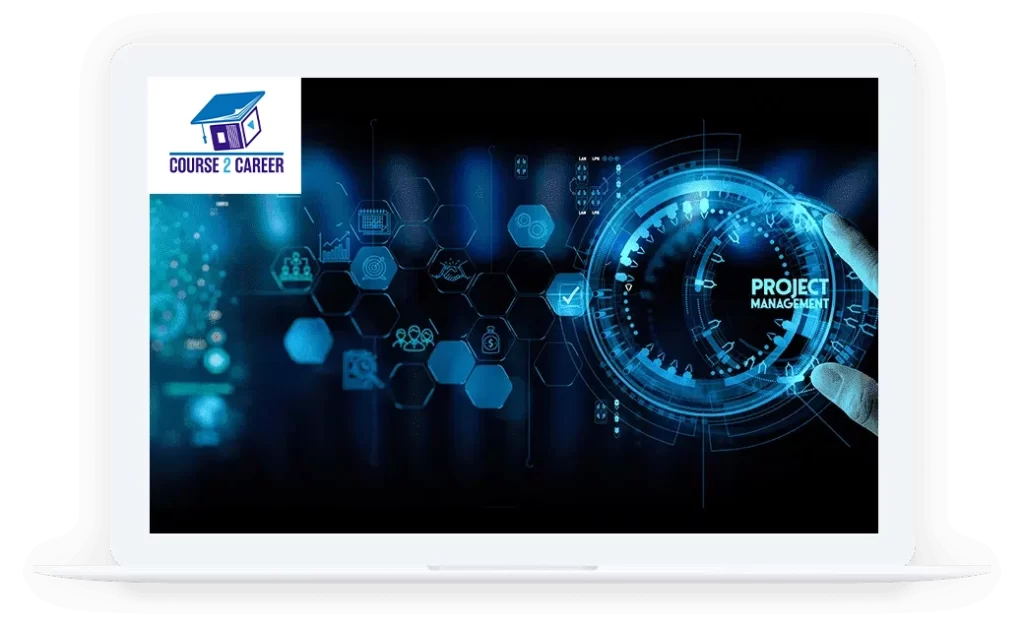In the rapidly evolving landscape of technology, cybersecurity remains a paramount concern. As we move through 2024, several emerging threats have become prominent, challenging both individuals and organizations. This blog explores the most significant cybersecurity threats this year, providing insights into their implications and offering guidance on safeguarding against them.
1. Sophisticated Ransomware Attacks
Ransomware has evolved significantly, becoming more sophisticated and targeted. Cybercriminals are now employing double-extortion tactics, not just encrypting data but also threatening to release it publicly unless the ransom is paid. These attacks are increasingly focusing on critical infrastructure sectors, including healthcare, energy, and government services, where the urgency to regain access to data can pressure organizations into paying ransoms.
2. AI-Powered Phishing Expeditions
The integration of AI in cyber-attacks has given rise to more convincing phishing schemes. These AI-driven attacks can generate personalized emails and messages that mimic the style of communication of trusted individuals or organizations. The accuracy and speed with which AI can produce these phishing attempts make them more difficult to detect, increasing the risk of substantial data breaches.
3. Supply Chain Vulnerabilities
As businesses increasingly rely on third-party services and vendors, the security of entire networks can be compromised by vulnerabilities in the supply chain. Attackers target less secure elements in the supply chain to gain access to the networks of larger, more secure organizations. The 2023 incidents involving major software providers underscore the potential risks and the cascading effects of supply chain attacks.
4. Deepfakes and Disinformation
The rise of deepfakes — convincingly altered videos and audio — poses a significant threat in both personal and professional realms. In cybersecurity, deepfakes can be used to create misleading content that manipulates stock prices, sways public opinion, or initiates fraudulent activities under false identities. The ability of deepfakes to spread disinformation is a growing concern for political and social stability.
5. IoT Device Exploits
The proliferation of Internet of Things (IoT) devices continues to expand the attack surface for cyber threats. Many IoT devices lack robust security features, making them easy targets for hackers. These devices often serve as entry points to wider networks, allowing attackers to bypass security measures and access sensitive data.
6. Cloud Jacking and Misconfigurations
As more organizations migrate to cloud services, the potential for cloud security breaches has escalated. Misconfigurations remain a leading cause of data breaches within cloud environments. Additionally, attackers are increasingly seeking to exploit these vulnerabilities to hijack cloud resources for malicious purposes, such as deploying ransomware or launching DDoS attacks.
7. Quantum Computing Threats
Although still largely in the developmental stage, the rise of quantum computing presents a future threat to current encryption methodologies. Quantum computers have the potential to break the cryptographic security that protects global financial markets and secure communications. Preparing for this eventuality is becoming a priority for governments and industries around the world.
Safeguarding Strategies
To combat these threats, organizations must adopt a proactive cybersecurity posture. This includes regular security audits, employee training on security practices, investment in up-to-date security technologies, and a robust incident response plan. Furthermore, collaboration across industries and public-private partnerships are vital in sharing threat intelligence and mitigating risks.
Conclusion
The cybersecurity threats of 2024 are diverse and complex, reflecting the dynamic nature of technology and its uses. Staying informed and prepared is the best defense against these evolving threats. By understanding the risks and implementing effective security measures, individuals and organizations can protect themselves from the significant disruptions these threats pose.





